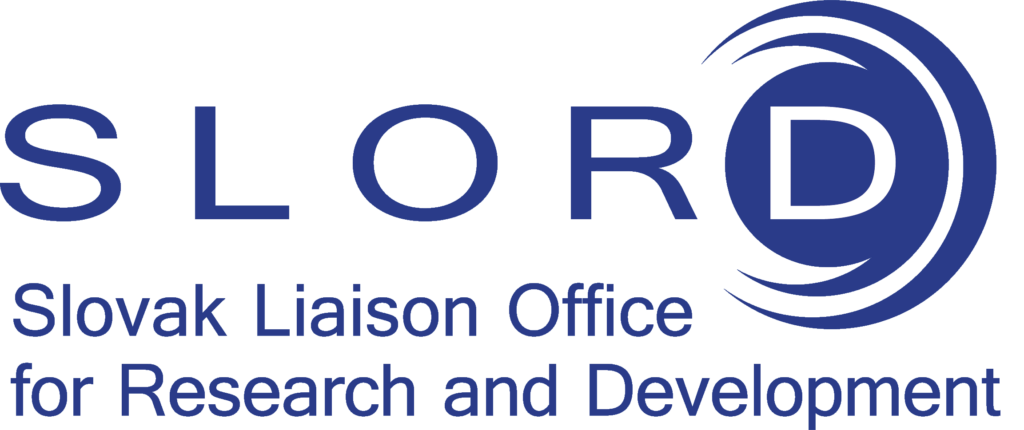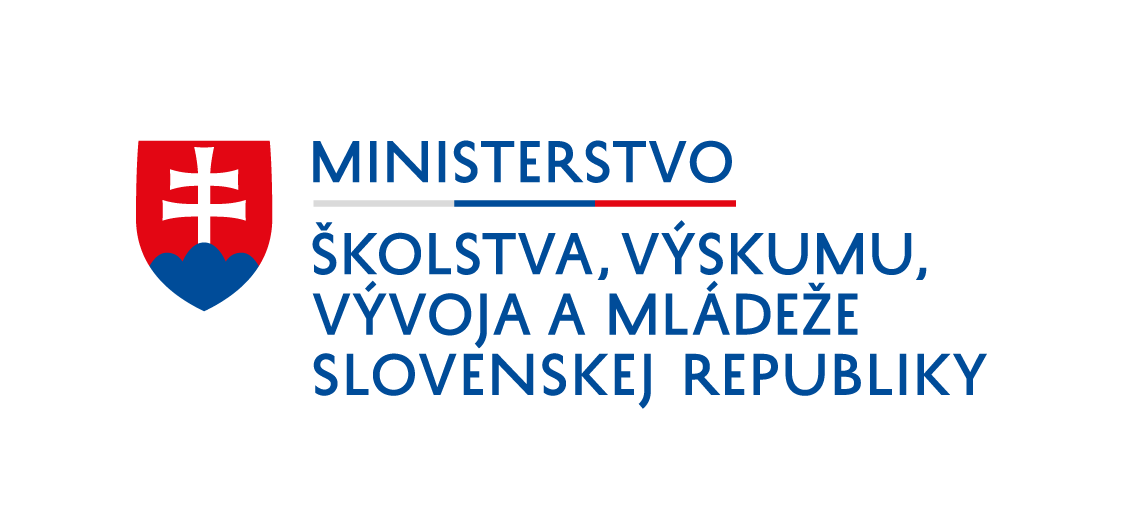
Representatives of nine research institutions from seven European countries signed today in Santa Cruz de Tenerife (Spain) the founding charter of the „EUROPEAN SOLAR TELESCOPE – FUNDACIÓN CANARIA“ (EST Foundation). The new legal entity will pave the way for the construction of the European Solar Telescope (EST), which will become the largest optical facility for solar research in Europe. Once built, it will keep Europe at the forefront of research and development in solar physics. Among the founding members of the Foundation, Slovakia is represented by the Astronomical Institute of the Slovak Academy of Sciences, v. v. i. (ASU SAS, v. v. i.).
An unprecedented technological challenge
The European Solar Telescope is set to become the largest solar telescope ever built in Europe. With its 4.2-meter primary mirror, state-of-the-art technology, and specialised instrumentation suite, EST will provide astronomers with an unrivalled tool for observing the Sun. This solar telescope will be constructed in the Roque de los Muchachos Observatory, located on the island of La Palma (Spain) and renowned worldwide as a top-tier site for astronomical observations.
EST was included on the European Strategy Forum on Research Infrastructures (ESFRI) Roadmap in 2016 and is therefore considered a strategic research infrastructure for Europe. Also, the most recent Astronet Infrastructure Roadmap 2022-2035 recognizes EST as one of the three top priorities among mid-sized ground-based astronomical infrastructures, with first light expected by 2030. One of its primary objectives is to improve our understanding of the Sun by observing its magnetic fields in unprecedented detail. EST will be able to uncover signals currently hidden in the noise and reveal the existence of unknown, tiny magnetic structures. By studying the magnetic and dynamic coupling of the solar atmosphere, EST will provide valuable insights into the mechanisms underlying solar flares and coronal mass ejections. These phenomena determine the so-called space weather, which has a strong influence on our technological society.
The optical configuration and instrumentation of EST have been meticulously designed to capture the interactions between the different atmospheric layers of the Sun. Additionally, a comprehensive set of instruments will be installed to enable simultaneous observations across multiple wavelengths. This unique capability will give EST a higher efficiency compared to existing or future telescopes, whether ground-based or space-borne.
The largest solar telescope in Europe is a technological challenge that, once built, will keep Europe at the forefront of solar physics research and instrument development.
More information about the project: www.est-east.eu
Members of the EST Foundation
Astronomický ústav Slovenskej Akadémie vied (Slovakia)
Astronomický Ústav AV ČR, V. V. I. (Czech Republic)
Instituto de Astrofísica de Andalucía – Agencia Estatal Consejo Superior de Investigaciones Científicas (Spain)
Instituto de Astrofísica de Canarias (Spain)
Leibniz Institute für Sonnenphysik KIS (Germany)
Max Planck Institute for Solar System Research (Germany)
Stockholms Universitet (Sweden)
Università della Svizzera Italiana – Istituto ricerche solari Aldo e Cele Daccò (Switzerland)
University of Sheffield (UK), representing the United Kingdom Universities Consortium (Aberystwyth, Durham, Exeter, Glasgow, Sheffield and Queen’s University Belfast)
Published on 27.7.2023, slord, source: EST (est-east.eu)



